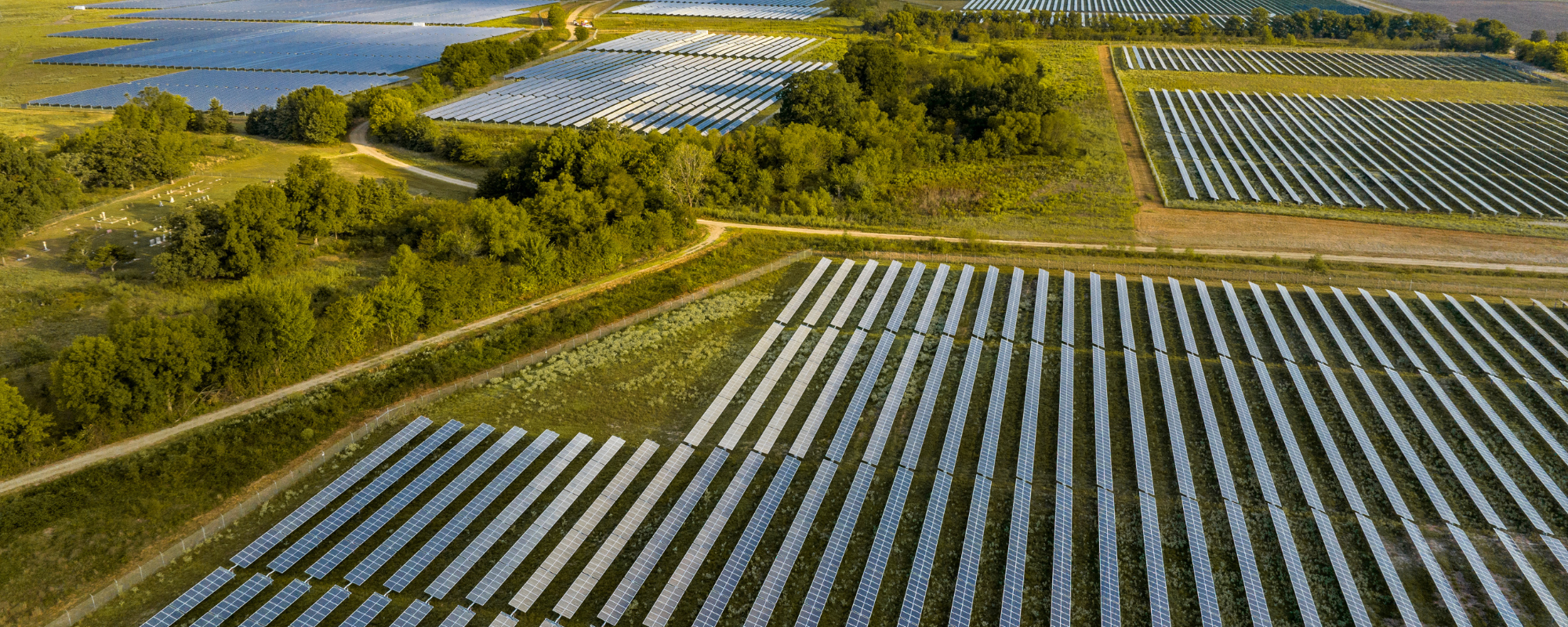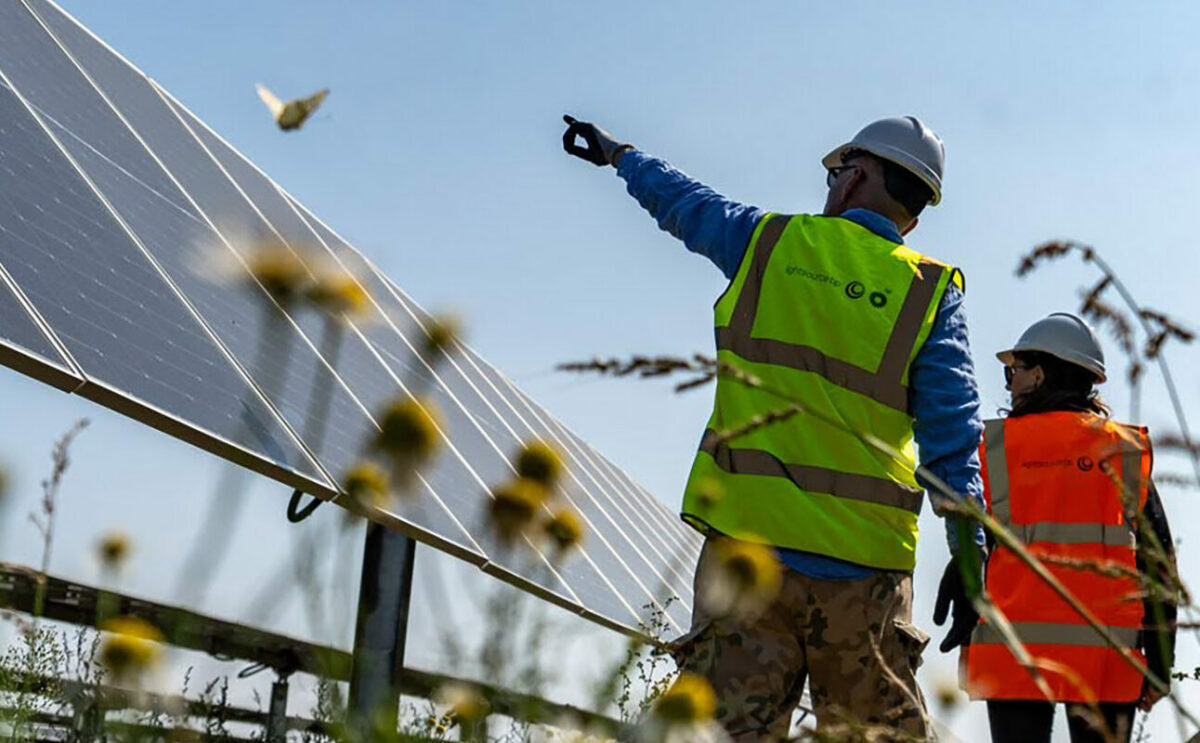Record renewable energy growth keeps 1.5° target alive – IEA report
IEA Executive Director Faith Birol says chances of limiting global warming have improved, thanks in part to a dramatic growth in solar power worldwide.
An update from the International Energy Agency’s (IEA) landmark Net Zero Emissions by 2050 report has given the world some cause for optimism at the prospects of limiting warming to 1.5° by 2050.
While the report remarks in its Executive Summary that “the path to 1.5 °C has narrowed”, it points out that “clean energy growth is keeping it open”.
The remarkable growth in solar energy – alongside rising sales of electric vehicles – was cited as the driving force behind this more positive outlook.
In the two years since the original report, new solar photovoltaic (PV) capacity has increased by nearly 50%. This is, in the words of IEA Executive Director Dr Faith Birol, “staggering” progress, “perfectly in line with what we said they should be, to be on track to reach net zero by 2050, and thus stay within 1.5C”.
Solar no longer a nascent industry
The seismic shift towards solar PV over the past two years is the culmination of nearly a decade of progress that has seen demand rise and prices fall.
As Dr Birol points out, “significant policy efforts” have helped accelerate the development and deployment of solar PV technology throughout many developed economies, allowing it to become more competitive with fossil fuels.
This has yielded tangible results: in June 2023, solar investments surpassed those of oil for the first time in history.
What does this shift mean in the wider context of reaching net zero?
By 2030, solar PV is projected to reduce emissions by around 3 Gigatonnes which, the report highlights, is equivalent to the emissions from all the cars on the road today. It is playing – and will continue to play – a central role in the global effort to curb emissions and limit the warming of the planet.
But, as the report highlights, we must triple global installed renewables capacity to 11,000 gigawatts by 2030 to achieve this goal, which will require international cooperation on an unprecedented scale.
At Lightsource bp, we’re playing our part in this historical transition, with ambitious targets of 25GW of installed capacity by 2025.
That’s why, as one of the world’s leading solar providers, we’ll be at COP28 in Dubai to advocate for solar power’s crucial role in the energy transition. We plan to engage with policymakers, investors and other stakeholders to discuss investment strategies, policy support and innovations that can fast-track the integration of solar into the energy mix, doing everything we can to keep 1.5° within reach.
Latest news
20 Nov, 2025
Energy in Focus – Building a culture of safety at Lightsource bp
In our first Energy in Focus episode, Will Manchas, Head of HSE for USA and EMEA shares how our Golden Rules help us protect ourselves and others.
22 Oct, 2025
Lightsource bp supports Apple’s renewable energy projects progress across Europe
Lightsource bp is proud to partner with Apple Inc. in support of its goal to achieve carbon neutrality across its entire footprint by the end of this decade.
21 Oct, 2025
Environmental safety in action: living our Golden Rules
At Lightsource bp, our Golden Rules are daily practices that protect our people and ensure business continuity, especially in the face of climate extremes.




